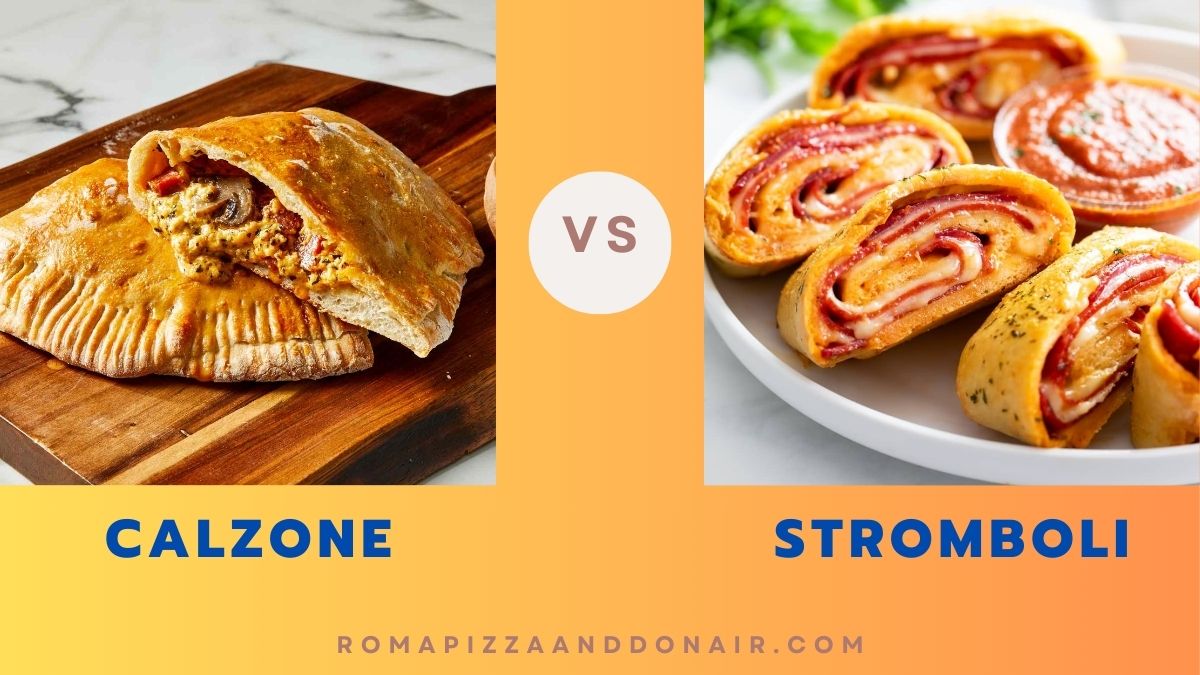Pepperoni is a popular and versatile salami commonly used as a pizza topping and in various Italian dishes. As with any perishable food, it’s important to discern if pepperoni has gone bad to avoid foodborne illness. Here’s a guide to help you determine the freshness of your dish.
Visual Inspection
One of the easiest ways to tell if pepperoni is bad is through visual inspection. If the pepperoni slices appear discolored, have an unusually slimy texture, or show signs of mold growth, it strongly indicates that the meat has spoiled and should be discarded. Fresh pepperoni should have a vibrant red color and appear slightly dry.
Smell Test

Source: www.thislovelylifeblog.com
Another telltale sign of spoiled pepperoni is its odor. While pepperoni does have a distinct strong smell, if it emits an overpowering or foul odor that is different from its usual aroma, it’s likely no longer safe to consume. If in doubt, trust your sense of smell – bad pepperoni will have a rancid or sour smell.
Texture Assessment
A fresh, good-quality pepperoni should have a firm and slightly dry texture. If the slices feel excessively slimy or excessively dry and crusty, this indicates that the meat has deteriorated. Additionally, any signs of a sticky or tacky texture are also red flags for spoilage.
Expiration Date and Storage
While many pepperoni slices may not have a “use by” or “best before” date, they typically have a “packaged on” date. The lack of a clearly labeled date doesn’t necessarily mean the product is bad, but if you’ve had the pepperoni for an extended period and are unsure of its freshness, it’s best to err on the side of caution. When refrigerated at or below 40°F (4°C), properly stored it should last for up to 2 to 3 weeks after the “packaged on” date. However, it’s wise to discard it if it’s been stored poorly or for an extended period beyond this timeframe.
Cooking and Consumption
If you’re in doubt about the freshness of your pepperoni but are still keen on using it, cooking it thoroughly can mitigate some spoilage. The high temperatures used during cooking can kill off harmful bacteria, making it safer to consume. However, it’s essential to remember that while cooking can kill bacteria, it won’t necessarily eliminate the off-flavors and odors resulting from spoilage.
Conclusion
In conclusion, being able to discern whether it is still safe to consume is a critical aspect of food safety. By paying attention to visual cues such as color and texture, using your sense of smell, and being mindful of storage and expiration dates, you can make informed decisions about the condition of your dish. When in doubt, it’s best to discard pepperoni that shows any signs of spoilage to ensure your health and well-being.
Remember that these guidelines apply to pre-packaged pepperoni; if you have house-made or artisanal pepperoni, it’s best to refer to the producer’s recommendations for freshness and storage.
By staying vigilant and following these tips, you can enjoy your dish without worrying about its safety or quality.



